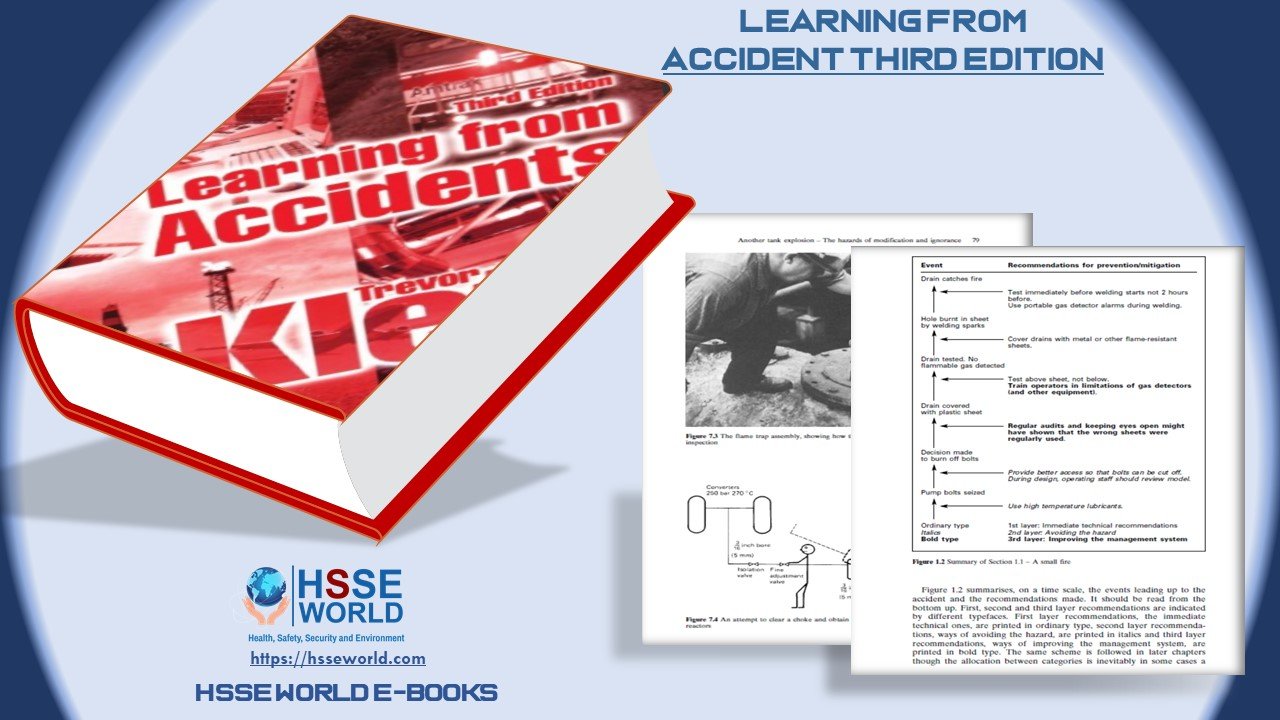Help keep employees safe during all stages of scaffolding work
On a November day in 1994, a 60-year-old painter foreman with 20 years of experience was standing more than 35 feet above the ground on a scaffold, working on the window frames and roof eaves of a church in Tennessee.

A NIOSH report on the incident states that while standing on two 12-inch-wide unsecured boards that left one-third of the scaffold floor uncovered, the worker fell between the boards and the outside rail of the scaffold, plummeting to his death.
Scaffolds are common structures on many jobsites, and the hazards of working on them are as prevalent today as they were 20 years ago. In 2012, 57 workers fell to their deaths from scaffolds or staging platforms, according to preliminary data from the Bureau of Labor Statistics, and thousands more are injured every year during scaffolding activities.
However, such incidents are preventable.
“It’s important that users understand the risks involved with working at elevation,” said John Palmer, director of the Scaffold Training Institute based in League City, TX.
Experts say employees need to understand that scaffolds are not permanent structures and care must be taken when working on all stages of scaffolding – from their construction to the work that takes place on them.
Setup and use
During the set-up phase, the structure must be placed on a solid, level base, the Silver Spring, MD-based Center for Construction Research and Training (also known as CPWR) states.
The footing of a scaffold typically consists of a wooden pad (known as a mud sill) that goes directly on top of the floor material – usually dirt or concrete. On top of the mud sill is a base plate, which is a 6-inch square steel footing component that goes under the scaffold post. Both the base plate and mud sill help spread out the load of the scaffold so the pressure of pounds per square foot on the scaffold legs is reduced, Palmer said.
The designer of a scaffold needs to communicate with workers before the structure is designed and built, Palmer added, to ensure the erected scaffold meets the requirements for how it will be used.
CPWR also states that before scaffolds are used, a competent person – defined by OSHA as someone who is able to identify hazards and has the authority to eliminate them – must check four points:
- Access on and off the scaffold meets OSHA requirements.
- All work areas are fully planked or decked.
- All guardrails are installed properly, or alternative fall protection is provided.
- Scaffolds are guyed and tied to the building correctly, and the guys and ties are in good condition.
Planking should extend all the way across, Palmer said, and OSHA’s maximum allowable gap between planks is 1 inch. Workers should not climb up levels on the scaffold components – a proper ladder should be used, whether it is a ladder placed next to the scaffold or one built into the scaffold’s frame.
At times, work can be constrained because of the scaffold’s structure. However, Palmer warned against removing bracing from the scaffold, as doing so can affect the structural integrity of the whole system – and could even bring the scaffold down. “It’s unlikely that removing one piece at a time will cause a failure, but if they remove too many pieces simultaneously, then of course that could happen,” he said.
Guarding against falls
One of the biggest hazards of working on scaffolding is falls. OSHA’s trigger height for mandated fall protection is 10 feet above a lower level, but Palmer stressed that employers should provide fall protection for workers at any height above the ground.
“One of the common misconceptions with new workers is that they’re not going to get hurt if they don’t fall very far,” Palmer said. However, he added, these workers should be made aware that falls from heights as low as 6 feet can result in a serious injury or fatality. Falls on the same level can lead to injury as well.
Compliance with fall protection requirements on a fully planked or decked scaffold – in which the entire standing surface has been laid down with no large gaps – can be achieved with a guardrail. But Paul Amedee, vice president of safety at the Waukesha, WI-based scaffold service and training company Safway Group, suggested that all workers on any type of scaffold use a personal fall arrest system. Although some may consider that excessive, Amedee said it is a best practice because work on a scaffold often requires an employee to reach out past the protection of a platform, whether to grab equipment or perform a task. When workers do that, they are putting themselves at risk of a fall, according to Amedee.
Additionally, Amedee stressed that the scaffold is a temporary structure. “The biggest mistake people make on scaffolds is they don’t always pay attention to the importance of fall protection because the scaffold feels solid,” he said. “They don’t tie off, and then find themselves walking near an opening that could create a fall to the next level; they expose themselves to serious hazards.”
Certain scaffolds, such as swing scaffolds, require a guardrail and personal fall arrest system for the worker. Likewise, although OSHA does not require tying off in some situations during erection or dismantling of scaffolding, many companies have instituted a 100 percent tie-off policy, Amedee said.
Workers who use a personal fall arrest system – or tie off – need to know where to set their anchors, Amedee said. Depending on the scaffold type, there may be different points on which an anchor can or cannot be attached. Scaffolds can be used only as an anchorage if the scaffold meets the requirements and is built to withstand the forces applied when someone falls.



